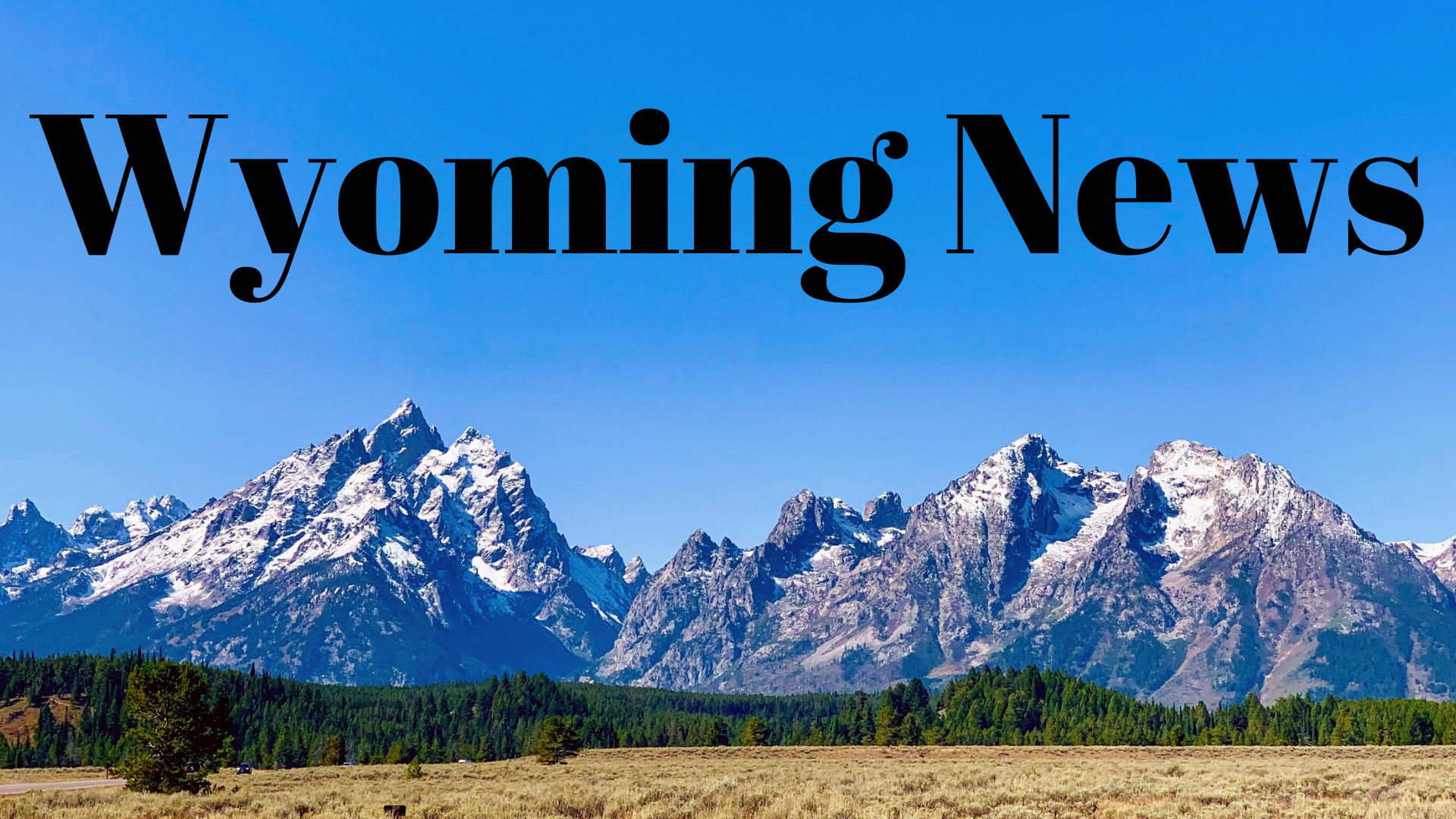As high flows persist, boater caution urged

JACKSON — After a string of high-profile rescues on the Snake River, officials are urging river runners to use caution this weekend. Cold water and powerful hydraulics from runoff are making recreation riskier.
Bridger-Teton National Forest officials sent a reminder Friday that substantial spring runoff is impacting every river in Jackson Hole, including the Snake, Hoback, Gros Ventre and Greys.
“Even on the scenic stretches it is important that you don’t go alone, and you have experienced boaters in your group,” said Bridger-Teton River Ranger Louis Shahan.
Although runoff appears to have peaked, flows measured through gauges across Jackson Hole show that more water than average for this time of year is moving through the river channels. While the Greys — flowing at about 3,000 cubic feet per second — is moving a roughly average amount of water for this time of year, the Snake, Hoback and Gros Ventre are all pumping more water than usual. The Snake is particularly high.
Water levels also are high across the region. On Friday, the Bureau of Reclamation was releasing roughly 5,000 cfs of water from Jackson Lake Dam to prevent flooding, above average for June 14. The bureau is releasing about 19,000 cfs from Palisades Dam near Irwin, which is also above average.
“These high outflows are anticipated to remain for the near future,” Brian Stevens, water operations manager for the bureau, said in an update. “Depending on how inflow trends, outflow could be adjusted up or down to manage fill at Palisades and Jackson. We urge community members to use extreme caution and safety measures around the waters in western Wyoming and eastern Idaho.”
River channels in the area are dynamic, and high spring flows frequently create new routes and sweep trees and other debris downriver, depositing it in new locations. Braided sections of rivers may have fewer rapids but can still be extremely difficult to navigate, like the Deadman’s-to-Moose stretch of the Snake that flows through Grand Teton National Park. Two commercially guided trips were rescued there this past week.
On Wednesday, a commercial raft got stuck on a pile of debris, ejecting a 7-year-old child from the raft in the impact. The guide jumped out of the boat to rescue the child. All passengers on the raft were out of the raft and in the river by the time park rangers responded to rescue them.
A few days prior, on June 8, two passengers and a guide from another company were stranded overnight on a logjam in that same stretch after their raft flipped and was pinned against debris.
Park rangers have reminded the public that, scenic as it may be, that braided stretch of river between Deadman’s Bar and Moose Landing is “advanced.”
Across the valley, the difficulty of running a given stretch of river can change dramatically as water levels change, the Forest Service said in its Friday advisory to boaters.
“Gentle stretches can become dangerous when the water level is high,” the press release said. “At extremely low levels, you may find yourself paddling through puddles or portaging.”
Recreationists are encouraged to check water levels the day of their trip, as “different flow levels can change rapids, making them more difficult or changing the appropriate way to run them,” Shahan said.
River users can look at U.S. Geological Survey maps online for real-time stream flow data.
On Friday, the gauge for the Snake River Canyon, home to the Wild and Scenic River’s most popular whitewater, was clocking flows of roughly 17,000 cfs. Earlier in the week, it was flowing at roughly 20,000 cfs, moving roughly twice as much water as this time last year. In general, the average flow for June 14 is 13,700 cfs.
The record for June 14 was set in 1997 at 30,500 cfs.
In Teton Park, boaters are required to carry personal flotation devices sized for each person on board. PFDs should be worn, and anyone under 13 is required to wear one.
Teton County Search and Rescue and the Bridger-Teton are urging people to wear PFDs, no matter the river rating or time of year.
Forest officials called PFDs “non-negotiable any time you’re on a boat in moving water.”
“Additionally, drugs and alcohol impair judgment and motor functions affecting your ability to make quick decisions,” forest officials said in their boating advisory. “This can be the difference in a raft flip where you don’t want it. Don’t risk your safety and the safety of others.”
A few weeks off, Fourth of July flows are expected to be pumping, officials said, likely over 10,000 cfs.
“Even ‘chill floats’ like South Park to Astoria will have features that can capsize most crafts,” Shahan said.
Forest officials also had other reminders heading into summer. Never run a rapid unless you can see a clear path through it. Watch out for new snags after high water events. Allow the raft ahead of you to pass through a rapid before you enter it to avoid a double disaster if the lead boat blocks the preferred channel.
Do not panic if a boat capsizes, or attempt to swim against the current. Instead, river users should float on their backs with feet pointed downstream to push off obstacles and let the current carry them to shore.
This story was published on June 15, 2024.






